The Daruma, this small round figurine without arms or legs with a bearded and smiling face, is an iconic symbol of Japanese culture . You may have seen him in shops, temples or homes, but what does this intriguing character really represent? In this article, we will dive into the world of Daruma to understand everything about this symbol of the land of the Rising Sun..
THE ORIGINS OF DARUMA IN JAPAN
The Daruma, this small round figurine without arms or legs, is an icon deeply rooted in Japanese culture, but to fully understand its meaning and associated beliefs, one must delve into a captivating history that dates back to more than 1,500 years old. The Daruma takes its name from Bodhidharma, a legendary Buddhist monk who lived in the 6th century. Bodhidharma, also called Daruma-Daishi in Japan, is the founder of Zen Buddhism, a branch of Buddhism that emphasizes meditation and the search for enlightenment interior.
Legend has it that Bodhidharma was born in India, then traveled to China to spread his teachings, eventually taking up residence in a cave near the Shaolin Temple, where he spent nine years meditating in front of a stone wall . During this long period of meditation, his arms and legs atrophied, but he achieved a state of deep consciousness. It was this period of intense meditation and Bodhidharma's unwavering determination that inspired the creation of Daruma. The latter is traditionally made of papier-mâché, and its design is deliberately asymmetrical so that it can always return to an upright position when knocked over. This unique characteristic symbolizes the perseverance, resilience and determination necessary to achieve one's goals, just as Bodhidharma did during his meditation.
Thus, each Daruma embodies the indomitable spirit of Bodhidharma and reminds people of the importance of determination in the face of adversity. The fascinating history of the Daruma and its deep connection with the founder of Zen Buddhism make it much more than a simple decorative figurine, it is a true symbol of perseverance and spiritual wisdom.

THE DIFFERENT MEANINGS OF DARUMA
The Daruma is much more than just a decorative object, it is imbued with deep meanings and beliefs, especially regarding goals, wishes and perseverance. Let's dive into the rich and diverse meanings associated with this iconic Japanese figurine.
ACHIEVEMENT OF OBJECTIVES
Daruma is closely linked to the notion of setting goals and resolutions. In Japan, it is traditionally purchased at the beginning of the year, during New Year celebrations, so people buy a white Daruma, a symbol of purity and renewal, and draw a goal or wish on the white pupil from the Daruma's left eye, this symbolic gesture represents the act of setting a goal or making a wish for the coming year. The Daruma is then placed in a visible location, serving as a constant reminder of the objective at hand.
Once the goal is achieved, whatever its nature, people draw the pupil of the Daruma's right eye to thank him, this symbolic step celebrates the achievement of the goal or the fulfillment of the wish. Traditionally, the Daruma is then burned in a special ceremony at the temple to complete the cycle.
SYMBOL OF PERSEVERANCE
The Daruma is deeply rooted in the notion of perseverance, its unique shape, designed to always right itself when knocked over, is a powerful visual metaphor for determination in the face of adversity. Each time the Daruma is knocked down, it reminds individuals that it is completely normal to face setbacks and difficulties in life, what really matters is the ability to get back up and carry on to move forward, no matter the obstacles.
In Japanese culture, this lesson of perseverance is of utmost importance, it teaches that failures are not end points, but rather learning opportunities. Daruma encourages people to maintain their determination and resilience, even when times are difficult. It encourages reflection on long-term goals, reminding us that achieving these goals may require time and consistent effort.
CHANCE AND PROTECTION
Daruma is also revered for its powers of luck and protection. As a lucky charm, it is placed in homes, businesses and temples to attract positive energies and ward off evil. The Japanese believe that Daruma has the power to deflect bad influences and protect its owners from bad luck.
In homes, the Daruma is often positioned in a central location, such as a family altar, where it watches over the house and its inhabitants. He is considered a spiritual guardian, ready to intervene to prevent difficulties and bring good luck.
In the business context, many Japanese companies award Daruma to their employees at the beginning of the year. These Daruma are often placed in offices or businesses, where they symbolize the protection of the business against financial setbacks and the promotion of prosperity.
Ultimately, Daruma is a multifunctional symbol that inspires perseverance, brings luck and offers protection. He is revered for his ability to remind people to persevere in achieving their goals and to encourage them to remain resilient in the face of adversity. It is also a benevolent guardian, watching over those who possess it and warding off negative energies. These deep meanings make it an essential element of Japanese culture.
THE TRADITION OF DARUMA IN JAPAN
Steeped in deep traditions and rituals, Daruma is a key element of Japanese culture. In the following section, we will explore the rich tradition of Daruma in Japan and its pervasive role in various aspects of daily life.
NEW YEAR CELEBRATIONS
In Japan, the arrival of the New Year is one of the most important times of the year and Daruma plays a central role in the celebrations. People traditionally buy a Daruma at the start of the year to symbolize renewal and the achievement of their goals for the months to come. Daruma sold during this period are often white in color, associated with purity and novelty.
As mentioned earlier, buyers write a goal or wish on the white pupil of the Daruma's left eye, then place it in a visible location, this step marks the beginning of the journey to achieve the goal. When the goal is achieved, the pupil of the right eye is drawn to thank the Daruma. Then it is traditionally returned to the temple to be burned in a special ceremony, symbolizing the achievement of the goal.
PRESENCE IN TEMPLES AND SANCTUARIES
Temples and shrines in Japan are places of great spiritual importance, and Daruma also holds a special place there. Many temples have their own Daruma which is worshiped and maintained by priests. Visitors often bring Daruma as offerings or purchase Daruma blessed by the temple to attract good luck and protection.
At Katsuo-ji Temple in Osaka, a unique annual ceremony is dedicated to the Daruma. Thousands of Daruma are hung in the temple by devotees, creating an impressive spectacle, this ceremony symbolizes gratitude to the Daruma who helped in the fulfillment of wishes and the renewal of new goals.
IN THE BUSINESS WORLD
Daruma also has an important role in the business world in Japan. Many companies offer Daruma to their employees at the start of the year to encourage them to set professional goals and work with determination to achieve them. Daruma are often placed in offices or company premises, where they symbolize prosperity, protection and success.

In conclusion, the Daruma in Japan is much more than a simple decorative figurine, it embodies perseverance, determination, luck and protection. From its fascinating origins linked to the founder of Zen Buddhism to traditional New Year rituals and its presence in temples, Daruma is an omnipresent symbol in Japanese life. It reminds us that pursuing our goals requires resilience and that luck comes to those who persevere. Daruma is a spiritual companion that inspires and guides, a true treasure of Japanese culture.












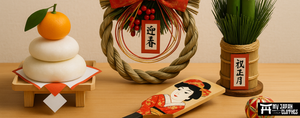
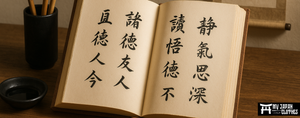


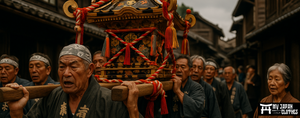
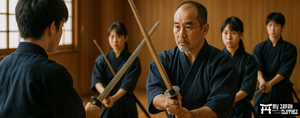


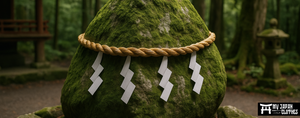

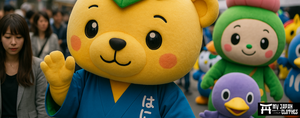

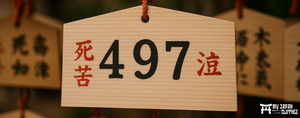
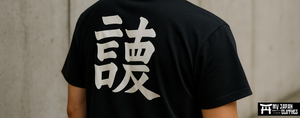
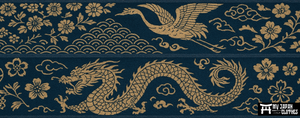
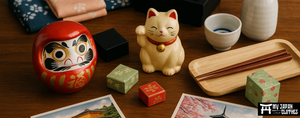




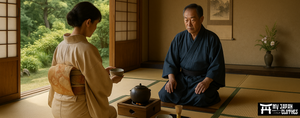
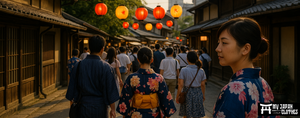
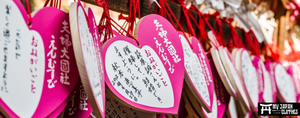



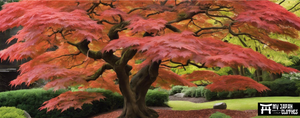
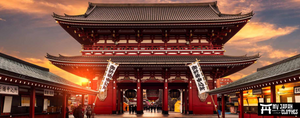
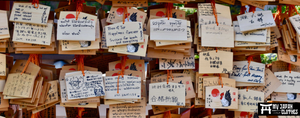

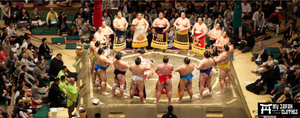









Leave a comment